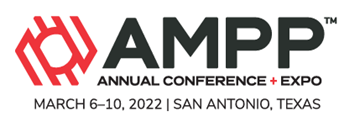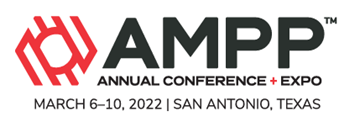Aircraft representative galvanic test articles and witness coupons were placed out for atmospheric exposure testing at the U.S. Naval Research Lab (NRL) site in Key West, Florida. One set of test specimens was exposed to only ambient environment for a 62 day period; a second set of test specimens was exposed to both ambient environment (initial 62 days), and a short duration, twice daily, seawater spray protocol over a further 55 day period. Environmental loading was monitored using sensors that measured temperature, relative humidity, rainfall, and time of wetness (TOW), at 30 minute intervals. Following retrieval, the test articles were inspected in the laboratory using laser profilometry to characterize the spatial distribution and depth of corrosion damage. Mass loss measurement using the witness coupons was used to estimate relative corrosion rates for the two periods.
Product Number:
51322-17638-SG
Author:
Thomas Curtin, Robert Adey, Andres Peratta
Publication Date:
2022
Member Price:
$0.00
Non Member Price:
$20.00
Price:
$20.00
A comprehensive modeling exercise was undertaken to better understand, the spatial distribution of corrosion damage, measured on aircraft representative, galvanic test articles, exposed to two significantly different corrosive environments. One set of test articles was exposed to ambient conditions in a coastal marine environment for approximately two months, while a second set was further exposed to controlled seawater spray dosing for an additional two months. Both environmental loading scenarios are assessed, analyzed, and modeled. The performance of a three-dimensional (3D) finite element model, of the multi-material galvanic test article, is discussed, along with some of the challenges associated with selecting appropriate input parameters to best represent the two different exposure conditions. The measured spatial distribution of corrosion damage is compared to the galvanic simulation model solutions. A complex pattern of corrosion damage is observed, that includes, localized galvanic corrosion at the fastener, crevice corrosion beneath the bushing flange, and galvanic interaction between the fastener and larger diameter bushing. The sensitivity of the models to electrolyte resistance (film thickness, conductivity) and extent; and the metal resistance (polarization curves), representing each environment, are explored.




